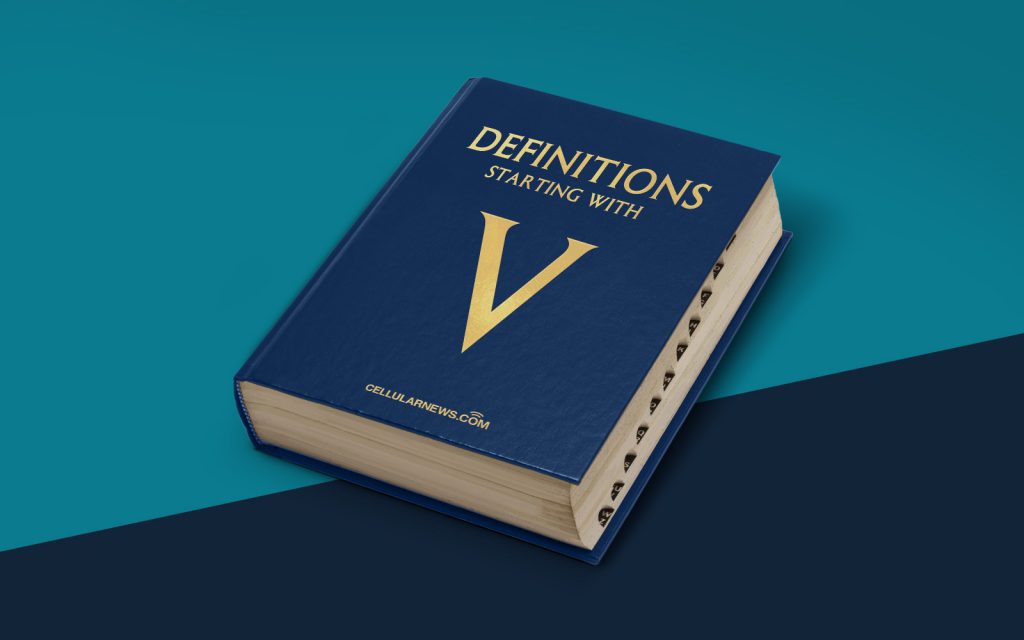
What is a Vector Graphic?
Welcome to the “DEFINITIONS” section of our website! In this category, we aim to provide clear explanations and insights into various terms and concepts related to the digital world. Today, we’ll shed some light on the fascinating subject of Vector Graphics.
Have you ever wondered how those eye-catching logos, sleek illustrations, or intricate designs on websites and apps are created? Chances are, many of them were made using vector graphics. A vector graphic is a type of digital image composed of mathematical equations that define the properties of its lines, curves, colors, and shapes. Unlike raster graphics, which are made up of pixels, vector graphics can be scaled to any size without losing quality or becoming pixelated. The versatility and scalability of vector graphics make them a go-to choice for designers and artists alike.
Key Takeaways:
- Vector graphics are digital images composed of mathematical equations.
- They can be scaled to any size without losing quality.
Now that we understand the basic nature of vector graphics, let’s dive a bit deeper into their advantages and applications:
Advantages of Vector Graphics:
- Scalability: As mentioned earlier, vector graphics can be scaled infinitely without sacrificing quality. This makes them ideal for various use cases, including logos, banners, typography, and illustrations.
- Small file sizes: In comparison to raster graphics, vector files tend to be smaller in size. This characteristic makes them easier to store, share, and load on websites and applications.
- Editing flexibility: Vector graphics are composed of individual objects or elements, each with its own set of properties. This means that you can easily edit, manipulate, or customize specific components of a vector graphic without affecting the rest of the design.
- Resolution independence: Vector graphics are resolution-independent, which means they can be displayed on various devices with different screen resolutions without losing their quality or becoming blurry.
Applications of Vector Graphics:
- Logos: Many iconic logos, such as the Apple logo or the Nike Swoosh, are designed using vector graphics. This allows for easy scaling and adapting the logo across different mediums and sizes.
- Print and Typography: Vector graphics are commonly used in print media, such as business cards, brochures, and posters, to ensure high-quality output. Additionally, vector-based typography allows for crisp and sharp text in various sizes.
- Web and App Design: Websites, mobile apps, and user interfaces often incorporate vector graphics to create visually appealing and responsive designs. From icons to illustrations, vector graphics help enhance the overall user experience.
- Illustrations and Artwork: Many artists and illustrators prefer using vector graphics tools to create captivating illustrations due to their versatility and ease of editing.
So there you have it! A comprehensive introduction to vector graphics. Now, when you come across those stunning visuals online or offline, you’ll have a better understanding of the magic behind them. Whether you’re a designer, an artist, or simply an admirer of beautiful visuals, vector graphics are an essential part of the digital landscape.
If you have any other terms or concepts you’d like us to cover in our “DEFINITIONS” category, feel free to reach out and let us know. Stay tuned for more informative posts!
